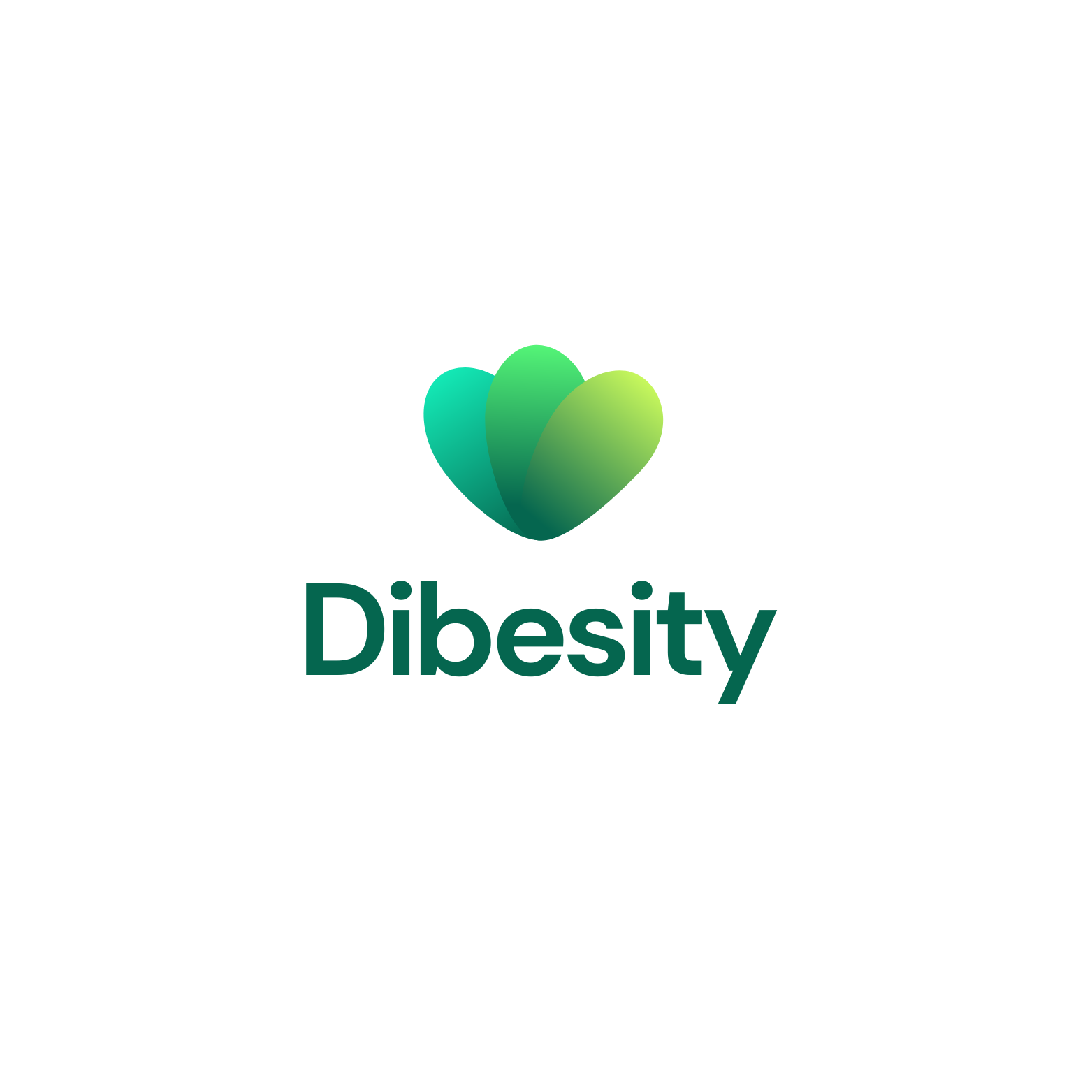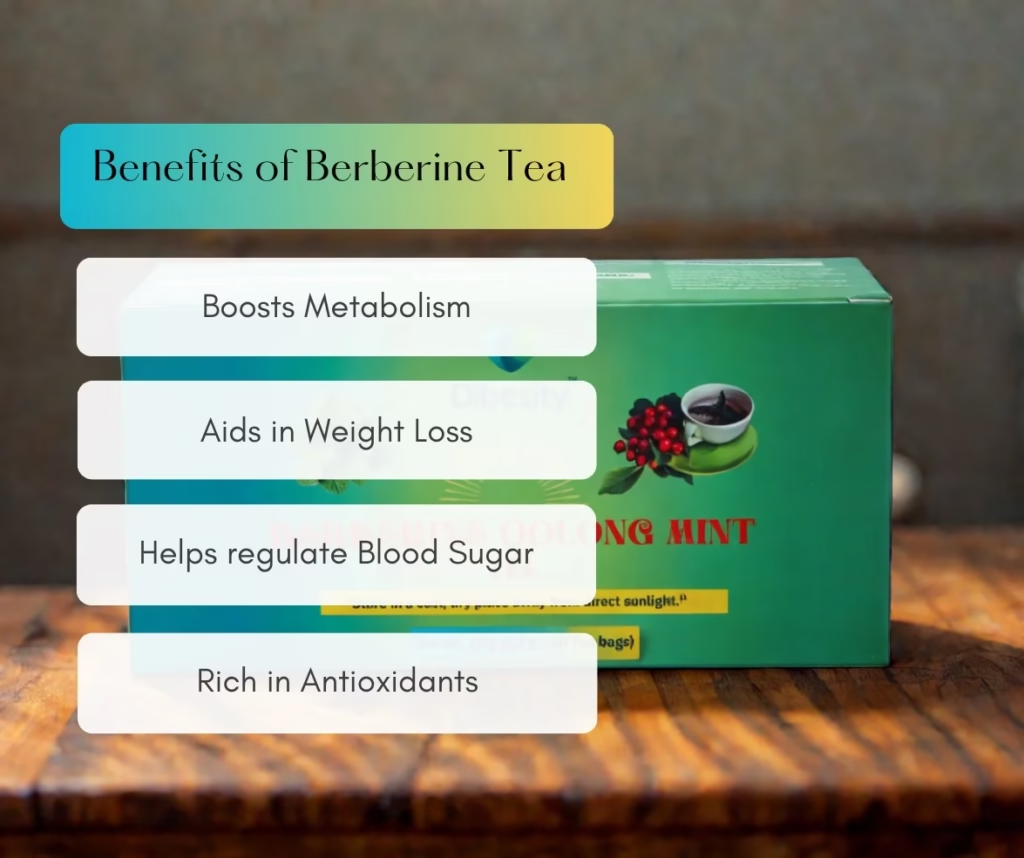Do you think that the fat inside your body is the same type of fat? Well, you are wrong because our bodies are made in such an intriguing way that even something as simple as fat can have multiple types.
Each sort of adipose tissue serves a specific function and has a certain location. There are two primary forms, visceral (VF) and subcutaneous (SCF), which can be differentiated based on their site of accumulation.
They both contribute to the overall adiposity, however, their impact on our well-being can differ significantly. Keep reading to learn which fat is worse than the other.
Subcutaneous fat: The visible layer
This is that type of fat that resides right under your skin, and it is the jiggly one that you can feel when you pinch your arms, belly, or thighs.
If you have accumulated an excess amount of subcutaneous fat, it can definitely affect your appearance and body composition, but it is still considered less harmful than visceral fat.
Subcutaneous fat generally serves the role of an energy reservoir and insulator.
Visceral fat: the hidden hazard
Now this one is a bit more serious than SCF. It resides deep within your abs and surrounds your vital organs like the liver, the intestines, and the pancreas.
You won’t be able to pinch it, and it is categorized as hidden fat sometimes. One reason behind its significant impact is its metabolic activity, which enables it to release hormones and other substances that can affect your health.
Even those people who visibly look slimmer can have an excess of visceral fat.
The danger gauge: comparing health risks
Undoubtedly, accumulating any sort of fat is not ideal, still, visceral fat poses a much higher risk for many serious health conditions.
Cardiovascular disease:
VF is related to the increase of LDL cholesterol and triglycerides while decreasing levels of HDL cholesterol, leading to a bad lipid profile.
This can also contribute to inflammation and high blood pressure, which are all infamous risk factors for heart disease and stroke.
Type 2 diabetes:
VF is more likely to cause insulin resistance, where your body is not capable of responding to insulin appropriately. This will lead to high blood sugar levels and consequently T2DM.
Non-alcoholic fatty liver disease (NAFLD):
Too much visceral fat can accumulate in the liver, leading to inflammation and damage, which can potentially progress to more severe liver conditions.
Certain cancers:
Research suggests that long-term inflammation and poor metabolism linked to visceral obesity, like insulin resistance, high blood sugar, and abnormal fat levels, can increase the risk of heart disease and cancer, and make them worse over time. [ref]
Metabolic syndrome:
Visceral fat is a key aspect of metabolic syndrome, a bunch of conditions that increase your chance of CVDs, stroke, and type 2 diabetes. These conditions include high blood pressure, high serum sugar, high bad cholesterol levels, and excess abdominal fat.
Inflammation:
Visceral fat releases inflammatory cytokines, which can contribute to chronic inflammation throughout the body, playing a role in various diseases.
Subcutaneous fat, while less directly linked to these severe metabolic issues, can still contribute to overall health problems linked with obesity, such as joint pain and sleep apnea.
Managing the fat
The good news is that both visceral and subcutaneous fat can be managed through lifestyle modifications:
- Try a balanced diet rich in whole, unprocessed foods like fruits, veggies, lean meat, and whole grains. Limit processed foods, sugary drinks, and excessive saturated and unhealthy fats. A calorie-controlled diet is crucial for overall fat loss.
- Regular physical activity is key. Both aerobic exercises (like running, swimming, and cycling) and strength training can help lower overall body fat, including visceral fat. Aim for at least 150 minutes of moderate-intensity or 75 mins of vigorous-intensity aerobic activity every week, along with muscle-strengthening activities at least two days a week.
- Chronic stress can cause increased cortisol levels, which can promote visceral fat storage. Practicing stress-reducing techniques like yoga, meditation, or spending time in nature can be beneficial.
- Inadequate sleep can disrupt hormones that regulate appetite and metabolism, potentially leading to increased visceral fat accumulation.
- Aim for 7-9 hours of quality sleep per night.
- Excessive alcohol drinking can lead to visceral fat storage. Moderation is key.
| Features | Visceral fat | Subcutaneous fat | Combined health risks |
| Location | Metabolic disorders, cardiovascular disease, and certain cancers | Underneath the skin | Primarily aesthetic concerns, joint issues, and sleep apnea |
| Visibility | Not easily visible (“hidden”) | Visible and can be pinched | Primarily aesthetic concerns, joint issues, sleep apnea |
| Metabolic activity | Highly active, releases hormones and cytokines | Less metabolically active | Increased inflammation, insulin resistance |
| Direct organ impact | Directly impacts organ function (e.g., liver) | Less direct impact on organ function | Organ dysfunction (e.g., fatty liver) |
| Risk profile | Higher risk for serious chronic diseases | Lower direct risk for severe metabolic diseases | Overall obesity-related complications |
The Takeaway
While both types of excess fat are detrimental to overall health, visceral fat poses a more significant and immediate threat due to its metabolic activity and proximity to vital organs.
Focusing on a healthy lifestyle that incorporates a balanced diet, regular exercise, stress management, and sufficient sleep is crucial for managing both types of fat and reducing the associated health risks.
Don’t just focus on the number on the scale; understanding where your body stores fat can be a good tool in your journey towards better health.
- Premium Ingredients: Our tea blend features high-quality Berberine, aromatic Oolong, and refreshing Mint, all organicall…
- Mint Flavored: Enjoy the cool, crisp taste of mint that perfectly complements the robust flavors of Berberine and Oolong…
- Unsweetened with Zero Calories: Crafted for those who appreciate the natural flavors of tea, our blend is completely uns…
- alli is an FDA approved weight loss supplement that helps block about 25 percent of the fat you eat from being absorbed
- Acts as an effective weight loss product and diet pill for both women and men
- For every 5 pounds you lose through diet and exercise, alli can help you lose 2 to 3 more

- ADVANCED FORMULA – Hydroxycut Hardcore Elite is an advanced thermogenic and weight management complex that also delivers…
- SCIENTIFICALLY RESEARCHED – C. Canephora Robusta, a potent compound found in green coffee, is the key weight loss driver…
- ADDITIONAL INGREDIENTS – This formula also contains 200 mg of caffeine for energy & focus, 100 mg of Coleus forskohlii f…







